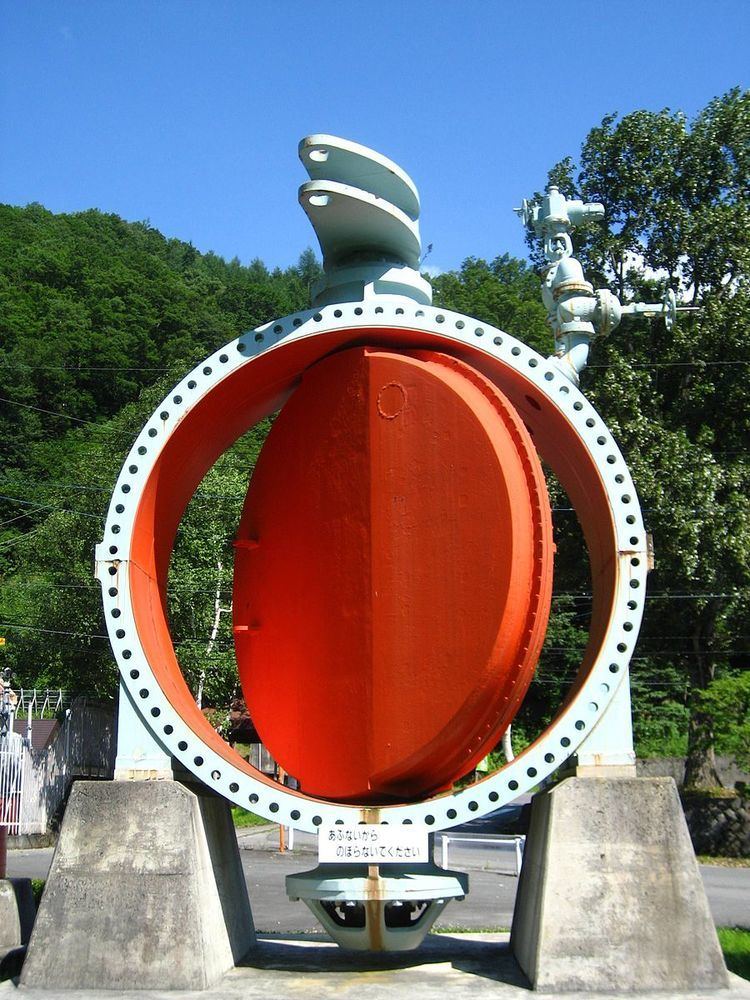 | ||
Valves are quite diverse and may be classified into a number types.
Contents
Basic types
Valves can be categorized into the following basic types:
Specific types
References
List of valves Wikipedia(Text) CC BY-SA
 | ||
Valves are quite diverse and may be classified into a number types.
Valves can be categorized into the following basic types: